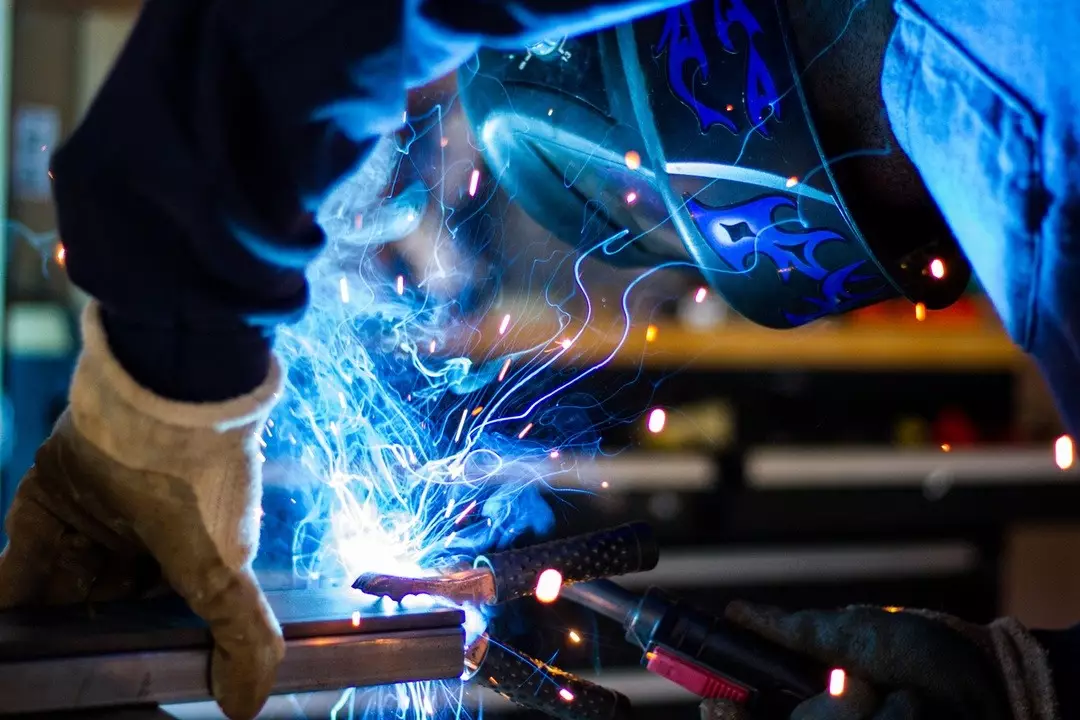PPE: Selecting the Right Suit for the Job

Knowing what to wear to work is never easy. In the business world, workers fret about the right choice of tie, suit, skirt or shoes. After all, selecting the right clothes can go a long way in terms of making a lasting impression on one’s clients. If you work around hazardous materials, however, knowing how to suit up for specific jobs can be a matter of life and death or the difference between sustaining and avoiding serious injury. Today’s post examines how to choose the right PPE (Personal Protective Equipment), how to ensure your workers have been properly trained to use and maintain their PPE, and what the consequences are when employers overlook the OHSA’s PPE regulations.

What is PPE (Personal Protective Equipment)?
Personal protective equipment or simply PPE is anything worn to minimize one’s exposure to injuries and illnesses in the workplace. From chemical and radiological materials to electrical hazards and mechanical dangers to loud sounds and extremely hot and cold environments, many workplaces from construction sites to laboratories are teeming with dangers. PPE refers to an entire range of protective gear and equipment worn by workers to stay safe and includes but is not limited to:
- Gloves
- Safety glasses
- Safety shoes
- Earplugs or muffs
- Hard hats
- Respirators
- Coveralls, vests and full body suits
According to the OSHA, employers have an obligation to supply personal protective equipment that is safely designed and constructed and well maintained (e.g., clean). The equipment must also fit one’s employees comfortably. As stated on the OSHA website, “If the personal protective equipment does not fit properly, it can make the difference between being safely covered or dangerously exposed.” In addition, the OSHA emphasizes:
Employers are also required to train each worker required to use personal protective equipment to know:
- When it is necessary
- What kind is necessary
- How to properly put it on, adjust, wear and take it off
- The limitations of the equipment
- Proper care, maintenance, useful life, and disposal of the equipment
Why does PPE matter?
As discussed in the eLeaP post, Safety Training for Summer Lab Interns, failing to wear PPE on the job can be fatal. In the UCLA incident, a lab intern was wearing a highly flammable sweater rather than lab coat, which resulted in severe burns to most of her body that proved fatal. Sadly, the intern had never been advised to wear a lab coat and the lab supervisor subsequently faced charges. In other types of work sites, PPE can prove just as critical. On campus, laboratories are not the only place where PPE matters. Art students and instructors who work in darkrooms and woodworking, pottery and glass studios also required to don PPE.
In manufacturing, eye and face protection, as well as head protection (e.g., hard helmets) and foot protection (e.g., safety boots) is critical. What happens when such protections are ignored? In February 2016, inspectors from the OSHA charged Structurals Inc. in Groton, Connecticut with $104,000 in fines. The fines were the result of multiple violations at their work site. 22 of the violations were the result of failing to provide workers with personal protective equipment to work near electrical and hydraulic equipment, chemicals and flammable liquids. As one OSHA inspector reported, “Our inspections identified a disturbing cross section of hazards that could result in eye, face or body injuries, burns or hearing loss for employees at the Groton location as well as potential fires or explosions.”
Unfortunately, PPE remains a major issue in many professions, including some with the most vulnerable workers. Housekeepers, for example, spend much of their day working with potentially toxic cleaning products. While they are well advised to use protective gloves and in some cases, respiratory equipment, many housekeepers work alone and/or for employers who exploit their circumstances (e.g., if they have limited English language proficiency and/or are undocumented, they may be reluctant to complain about their work conditions, including any PPE oversights). Likewise, agricultural workers often work around toxic chemicals, pollen and dust and near dangerous equipment, including open harvesting machines, yet lack PPE. Again, since agricultural workers often work for small operations and may or may not be working above the board, PPE regulations are routinely overlooked by employers. Notably, workers can file complaints against noncomplying employers by contacting the OSHA.
For more on personal protective equipment and how to ensure your meeting your obligations as an employer, see eLeaP’s training video: PPE: Your Last Layer of Protection.
- How do you Overcome Tradition and Improve Productivity in Manufacturing?
- See how to Train People Who Don’t Want to Be Trained – Barriers to Training
- Download our The Strategic Value of Workplace Training and Development white paper